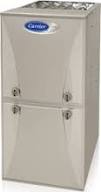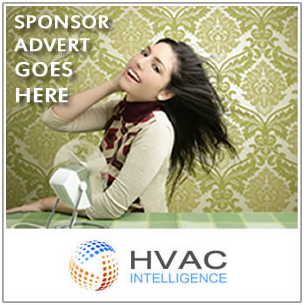Research reveals R290 outperforms HFOs
ITALY – The latest research into the performance of various refrigerants suggests that hydrocarbon refrigerants may perform better than fluorine-based HFO refrigerants. According to a recent paper published by scientists from the University of Padova, Italy, propane (R290) boasts superior heat transfer potential than R32, R1234ze and a combination of R32 and R1234ze.
Padova
Performing vaporisation tests on four different refrigerants, researchers from the University of Padova found that R290 offers the biggest potential to replace the widely used R32 in several heating and cooling applications, by virtue of its heat transfer properties.
Azzolin et al, in their paper Developments on heat transfer with low-GWP refrigerants, tested heat transfer performance during condensation and vaporisation of new fluorine-based refrigerants – including the hydrofluoroolefin (HFO) R1234ze and an HFC blend – compared to the hydrocarbon R290.
The researchers compared these alternatives to the commonly used HFC R32, which some HVAC&R industry players are touting as an answer to the phase-down requirements of the EU’s F-Gas Regulation. The research involved subjecting each fluid to vaporisation, condensation and pressure drop tests.
During vaporisation, researchers found that R32 had the highest heat transfer coefficient and the new HFC blend had the lowest heat transfer performance out of the four refrigerants.
R290 came in second at the same conditions and was closely aligned with R32.
“Both R32 and R290 display similar heat transfer coefficient values [….] and on average the heat transfer coefficient of R290 is 6% higher,” say Azzolin et al.
Conclusion
“During condensation tests R32 and R290 display similar heat transfer coefficient values which are 30%, 29% and 18% higher than those of R1234ze (E) at 800, 400, and 200 kg m-2 s-1 [of refrigerant charge],” the researchers found.
Propane, they concluded, was the most similar to R32 and required the same amount of refrigerant charge – making it an efficient refrigerant.















